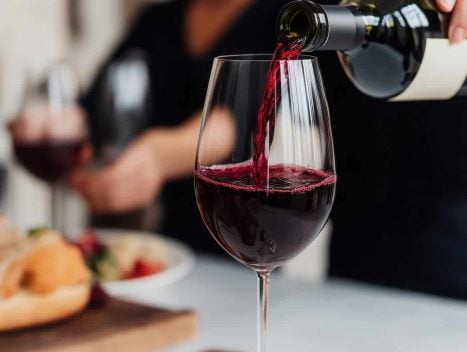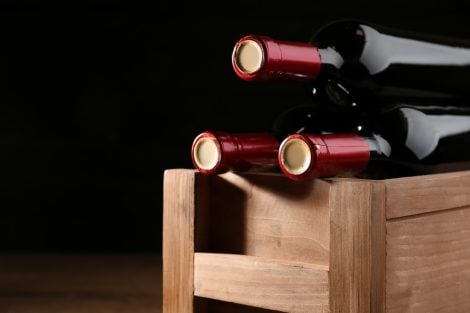Wine pairing has to be fun, first and foremost. There are many pairings that work in study manuals and less to the test of facts, just as there are unthinkable matches on paper that in the end grab smiles and great acclaim. Sometimes the same pairings give different results because there are so many variables. A little too much salt in a recipe, a change of temperature or a touch of lemon zest are enough to blow that magical balance. Instinct helps a lot, but background knowledge is more than welcome. In the fifth saga of the journey linked to the Villa Sandi Contemporary Wine List Award of Top Italian Restaurants guide we'll investigate the great enemies of wine, those foods that every enthusiast must limit in order to fully enjoy the flavour of wine.
Wine and artichokes
Let's start with artichokes, the sommelier's nightmare. In fact, the presence in artichokes of a particular polyphenol, cynarin, and high percentage of iron are very difficult to pair in the glass. If you try to drink wine with it, it will take on an unpleasant metallic sensation, especially if the wine is red and tannic or particularly acidic and dry. The pairing with a soft and light white wine or an orange wine works slightly better with the bitter aftertaste of the artichoke. Difficult when raw, but with a deep frying or a long cooking time, things improve a little. In any case, take note: when pouring a great wine it's smart to not serve artichokes. And in principle, all dishes with an incisive bitter taste are difficult to handle, such as chicory or radicchio.
Vinegar
The other great enemy of wine? Vinegar and its sour and pungent taste. In fact, all pickled foods are really hard to pair with a glass of wine. And it should be used very sparingly even when used as a condiment, because the strong character of the acetic acid easily breaks the balance of a wine, making it much harder and more acidic than its natural character. Speaking of sour tastes, other enemies of wine at the table are citrus fruits, which are particularly difficult to pair with wine, especially alongside structured red wines, in fact the bitter tendency of tannin and green acidity and pungent of citrus are often simply devastating for our taste buds.
Wine, cheese and gelato
Wine and cheese? It's not always a predictable pairing, quite the opposite. There are some examples that practically never work. In particular, the very fresh cheeses, such as a young goat cheese, denote particularly high acidity capable of ruining the taste textures of wine, especially red wines. The same goes for yogurt, which is very complicated to combine especially in the presence of wines rich in structure. Let's be frank: many cheeses do not give exciting results with red wine. We close the list (of horrors) with another difficult if not useless pairing: wine and gelato. Gelato is in fact served at a temperature well below zero centigrade, generating a significant thermal shock on the palate that anesthetises a part of the taste buds. Try to savour a sip of wine just after tasting a spoonful of ice cream, you will barely recognise what you are drinking. In fact, you are bringing the wine to the wrong temperature which overturns and completely alters the nature and all the complexity that the wine can unleash on the palate. In short, small tricks remembering the opening sentence: first of all you have to have fun. Even if this means sometimes making mistakes.

You can find out more about the Villa Sandi Contemporary Wine List Award here
Read previous installments of the series:
How To build a contemporary wine list

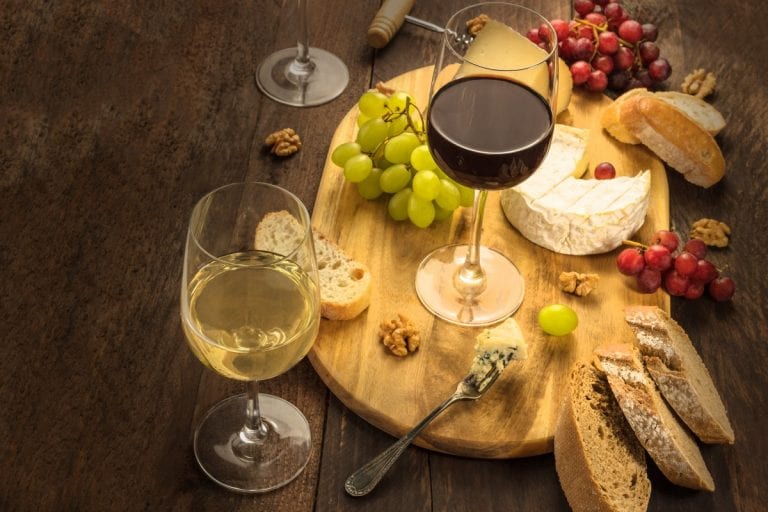
 Fewer bottles, more by-the-glass: how to build the wine list of the future
Fewer bottles, more by-the-glass: how to build the wine list of the future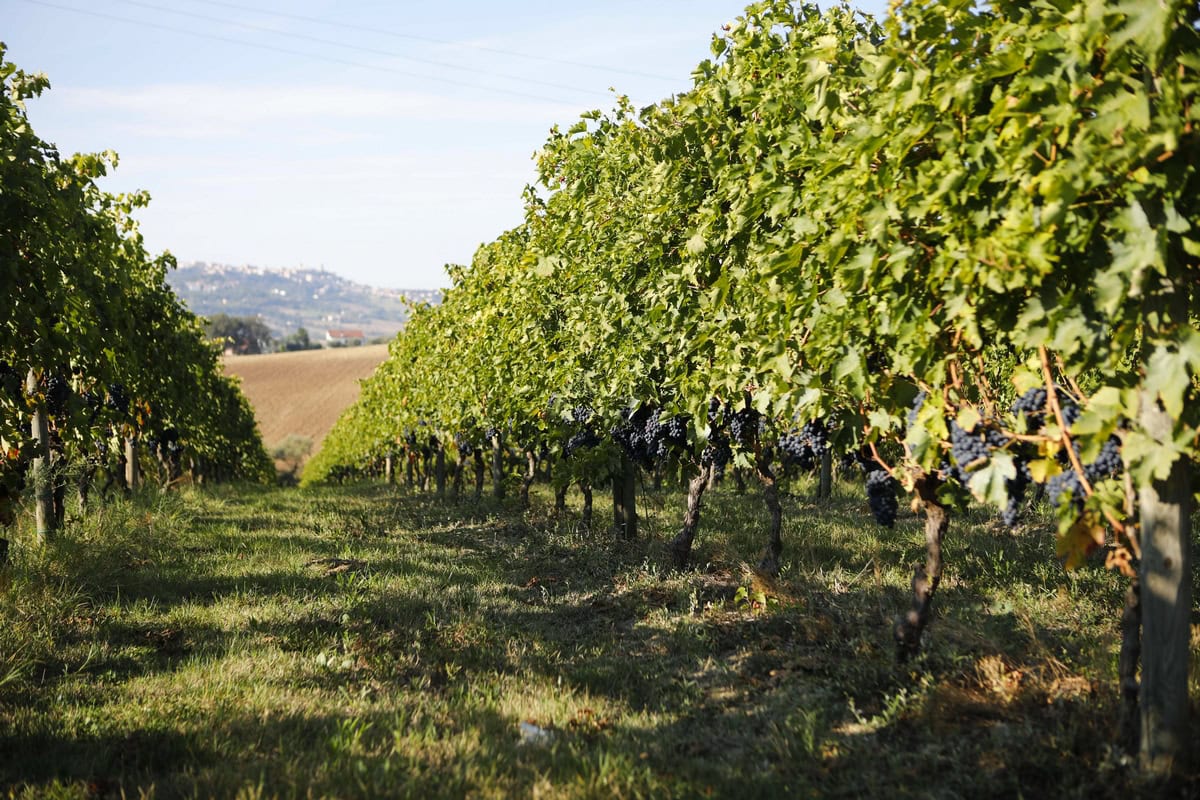 The Moncaro collapse impacts Marche wines. But average price rises
The Moncaro collapse impacts Marche wines. But average price rises Trump’s first trade war cost Americans $27 billion. USDA analysis
Trump’s first trade war cost Americans $27 billion. USDA analysis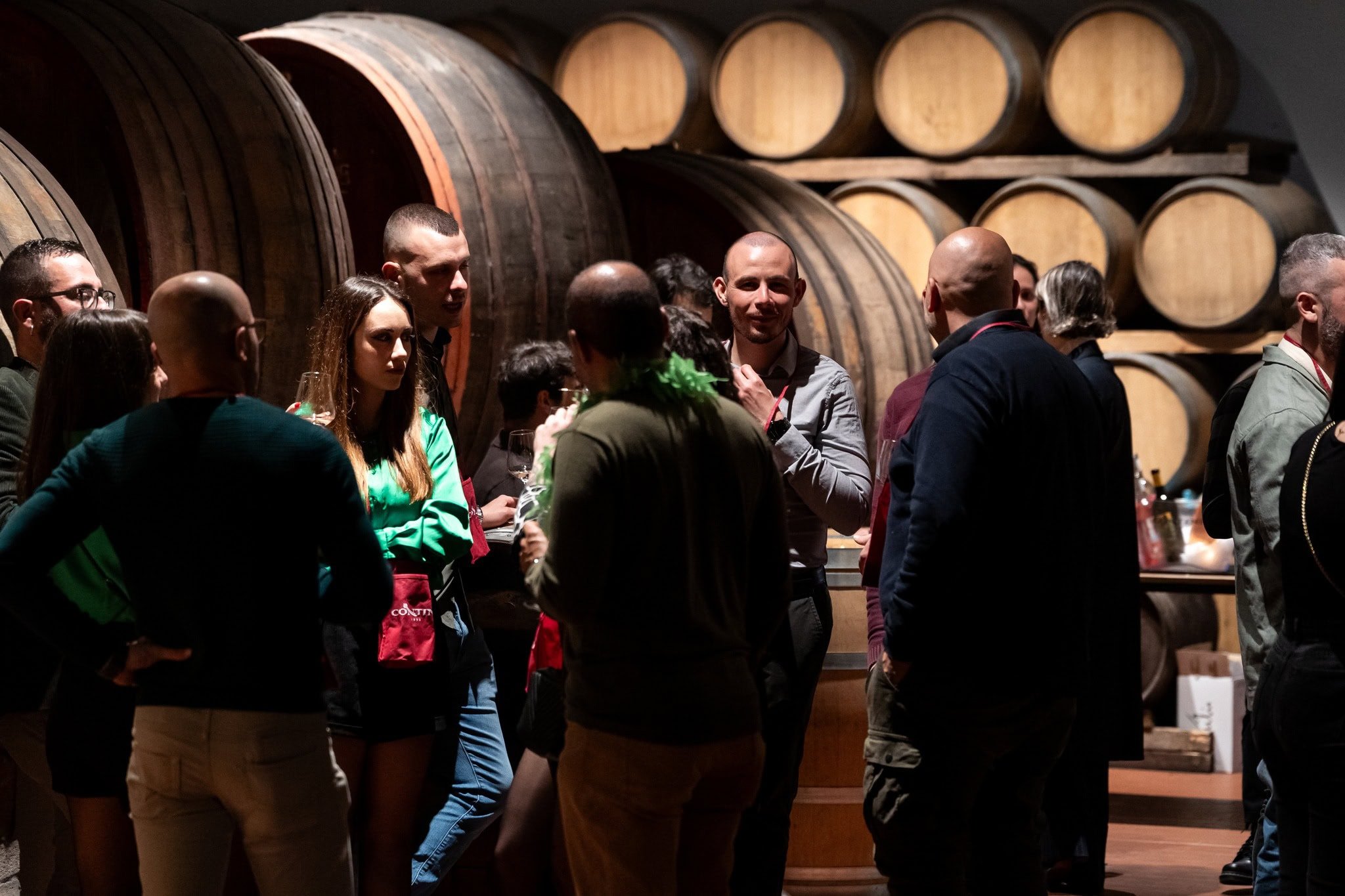 Here are ten Rare Wines you absolutely must try
Here are ten Rare Wines you absolutely must try The “Tariff Vinitaly” closes with 97,000 attendees: one third from abroad. See you on 12 April 2026
The “Tariff Vinitaly” closes with 97,000 attendees: one third from abroad. See you on 12 April 2026


